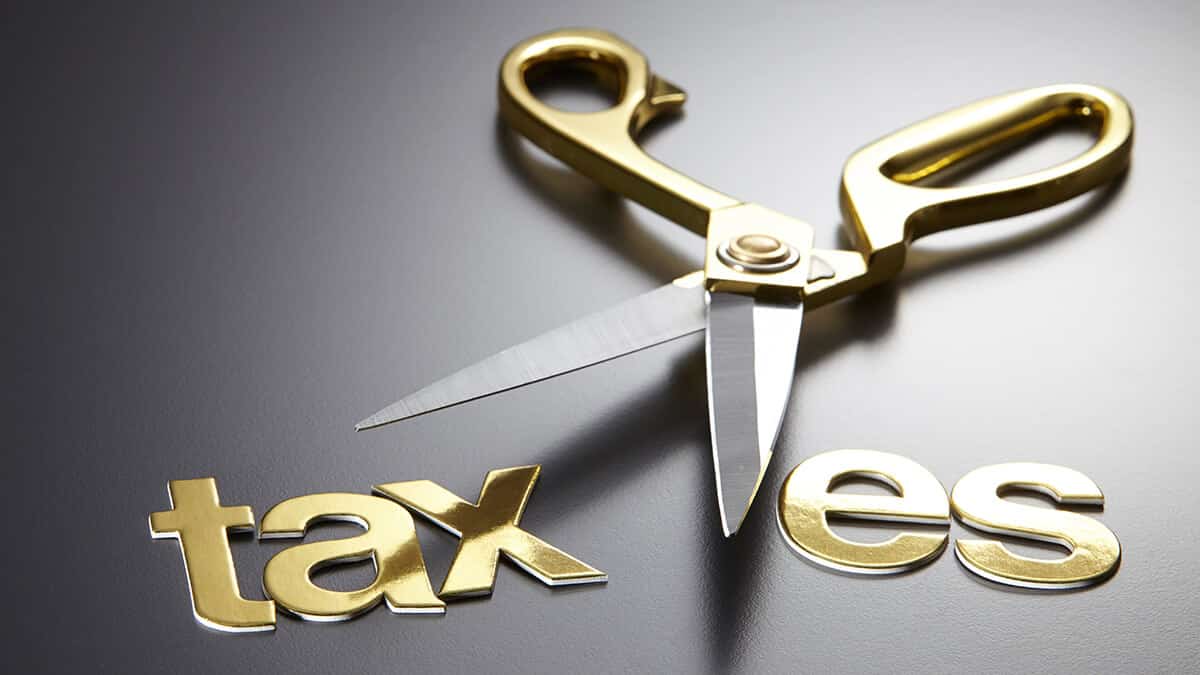Government Tax: Many tax benefits and business incentives were included in the 2022 budget. Still, the one that over 10 million taxpayers look forward to most is the decision to increase tax offsets for low and moderate-income earners.
A “cost of living tax offset” has been added to the Middle and Low Income Tax Offset (LMITO) for the 2021-2022 income year. Common names for the LMITO include “LMITO.”
When taxes are lowered, what does it mean, and what is a tax credit?
To begin, despite media reports to the contrary, an increase in a current tax offset is going into effect in 2022, not a reduction. Let’s begin by defining what a tax offset is.
By using a tax offset, you may lower your taxable income by the same amount. Taxes may only be reduced to zero, and any more offset is non-refundable.
However, you will not get the whole amount of your offset claim in a single payment, contrary to what the general public assumes.
To begin, here’s what’s going on:
Those with an annual income of $87,000 are eligible for a tax credit of $1,080 in the fiscal year 2021/22, in addition to an additional tax credit of $420 for the cost of living.
Consequently, your tax liability was reduced from $18,742 to $17,242, resulting in a $1,500 refund.
What does “LMITO” (Low and Middle Income Tax Offset) stand for?
The LMITO allows for a tax credit of up to $1,500 per qualified home improvement expenditure made throughout the year (for the 2022 income year). Stage 1 of the government’s larger Personal Income Tax Plan established an initial tax offset of $540. However, the tax credit has raised to $1,080 as of July 1, 2020, the start of Stage 2, which begins on that day.
The expense of living tax offsets was introduced in 2022 by the government to combat the rising cost of living. Individuals who qualified received a $420 credit on their taxes.
On June 30, 2022, the new rate will no longer be in force for the remainder of the fiscal year 2021/22.
Will I be able to take advantage of the tax savings when they go into effect in 2022? What’s your take on the LMITO, by the way?
With a taxable income of less than $126,000 and being an Australian resident, you are eligible for the LMITO.
Your LMITO benefit will be based on your monthly income. Here’s more information about it…
How much more money can I hope to make this year?
As was made very clear from the outset, you would not get a one-time lump sum payment. As a consequence of the offset, your overall tax obligation will be reduced. That said, a smaller tax bill this year means you may be eligible for a more significant return from the government.
If you owe money to the ATO, you should be aware that any refund you get, including the LMITO, may be used for that debt rather than returned to you as cash. HELP or HECS debt will be unaffected by these changes. It’s important to note.
To determine how much of a tax relief you qualify for, you must first calculate your taxable income for the year.
Those earning less than $37,000 a year will have to fork up $255 in addition to $420.
$75 + 7.5% of the amount over $37,000 plus $420 equals the amount between $37,000 and $48,000.
A person making $48,000 – $90,000 a year will have a take-home pay of $1,080 plus $420.
10% of the amount above $90,000 is subtracted from your total, leaving you with $820.
The LMITO is not a reimbursement that must be made very clear. This means that if you haven’t paid your taxes for the year, you won’t be able to obtain it. The $255 lump-sum payment and the additional $420 are not available to you if, for example, you earned $20,000 last year but paid no tax on it.
If I want to be eligible for the LMITO in 2022, what should I do now to ensure I’m ready?
You won’t have to change anything about how you pay your taxes since you’ve already figured everything out.
All you have to do is submit your tax return properly through a professional at IMT Accountants & Advisors… Any automatic compensations that you are entitled to be included in the projected return amount.
What will happen to the LMITO in 2023?
When the LMITO is no longer in effect after the 30th of June in 2022, many people in Australia may discover that the amount of money they take home from their jobs each week is less than it was in the previous financial year.
Earners with low and intermediate incomes will no longer be eligible for the offset of $1500, and as a direct result of this change, they will be obliged to pay a higher amount of tax than they were in prior years.
Although the tax offset was extended for many more years, the government may propose other tax adjustments in the future.
Please don’t hesitate to contact us if you have any questions concerning the most recent tax reduction or anything else related to your tax return.
You Can Read Also:
Crypto Tax Australia – Your Guide to Cryptocurrency and Your Tax Return
5 Smart Ways to Use Your Tax Refund This Year
Claim Home Office Expenses and increase Your Tax Refund


